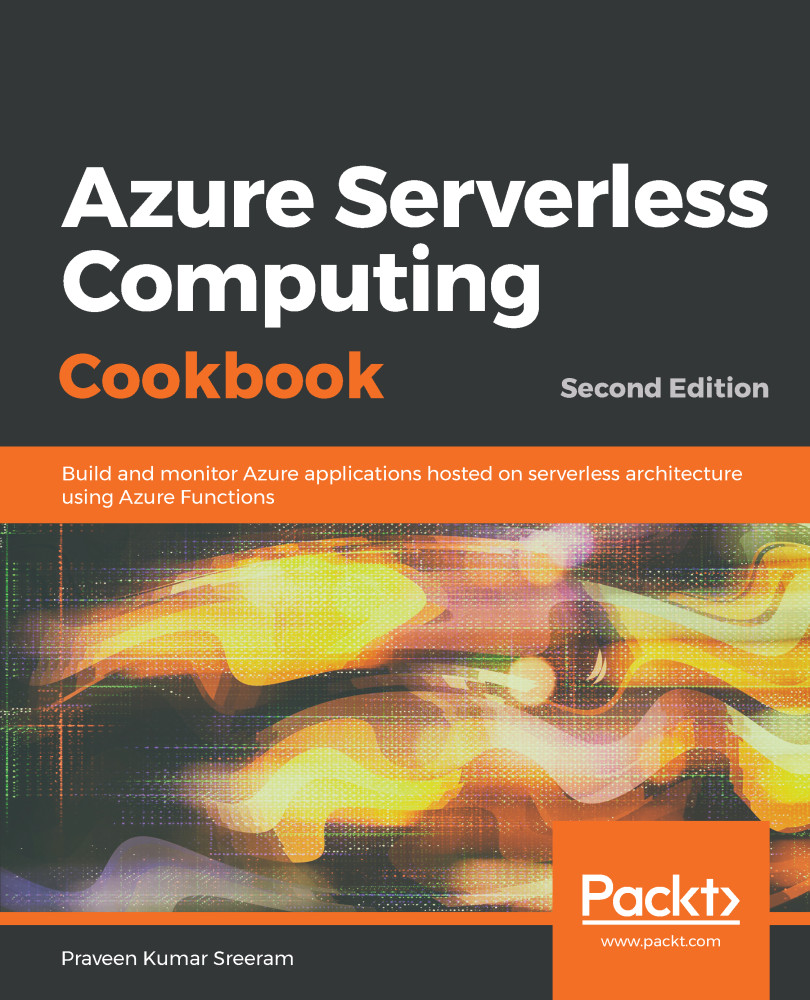For every business application to run its business operations smoothly, one of the key features is to have a reliable communication system between the business and its customers. The communication channel might be two-way, either by sending a message to the administrators managing the application or sending alerts to the customers via emails or SMS to their mobile phones.
Azure can integrate with two popular communication services: SendGrid for emails, and Twilio for working with SMS. In this chapter, we will be using both of these communication services to learn how to leverage their basic services to send messages between business administrators and end users.
Following is the architecture that we will be using for utilizing Send Grid and Twilio Output bindings with Http Trigger and Queue Trigger:




